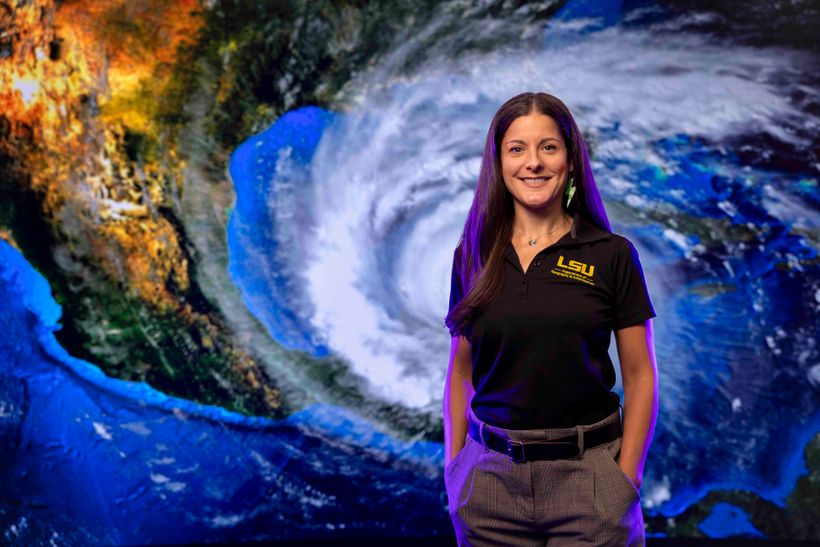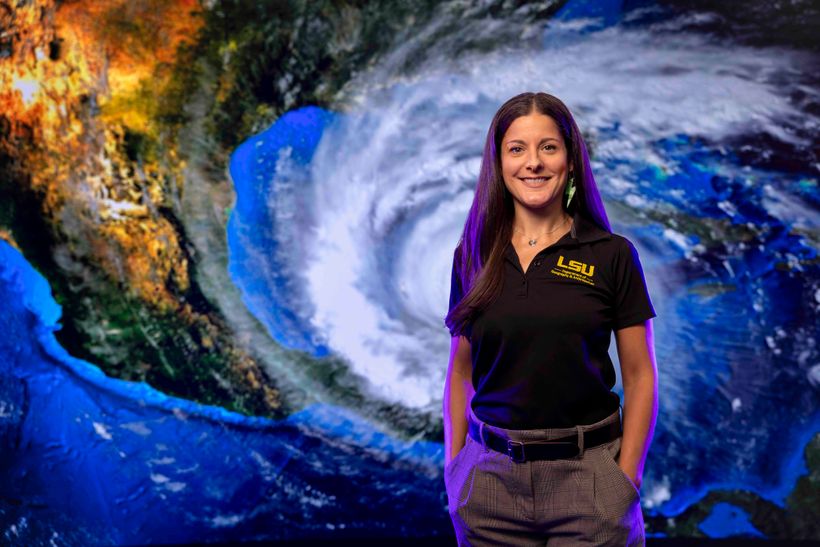1 min
LSU Hurricane Expert Jill Trepanier Available to Speak on Hurricane Melissa
Hurricane Melissa has rapidly intensified into a monster Category 5 storm threatening Jamaica and the Caribbean, LSU hurricane expert Jill Trepanier is available to provide expert insight and interviews. Trepanier specializes in hurricane climatology and the estimation of risk using statistical methods. Currently, she uses this information to estimate risk to cultural heritage institutions, Native American sites, and coastal fisheries. She also assists in environmental science education development through the implementation of weather stations and real-time data to K-12 classrooms in South Louisiana. Trepanier can speak on the following topics: Why monster storms like Hurricane Melissa are becoming more common – How climate change and ocean warming fuel stronger, longer-lasting hurricanes in the Gulf and Atlantic. The science behind rapid intensification – What drives a storm to explode from mild to catastrophic strength in less than a day. When hurricanes stall — the hidden danger – Why slower-moving storms can cause record-breaking rainfall and inland flooding. Mapping the coast’s future risk – Using climate models and extreme-value statistics to identify which Gulf and Atlantic regions face the highest hurricane threat. Building resilience before the next big one – Turning hurricane risk data into smarter coastal planning, infrastructure design, and emergency response. Understanding the probability of extreme wind and surge events – What the data reveal about the odds of another Hurricane Melissa—and how those odds are shifting. The human cost of storm uncertainty – How better hurricane modeling and communication can save lives by improving public understanding of risk.















